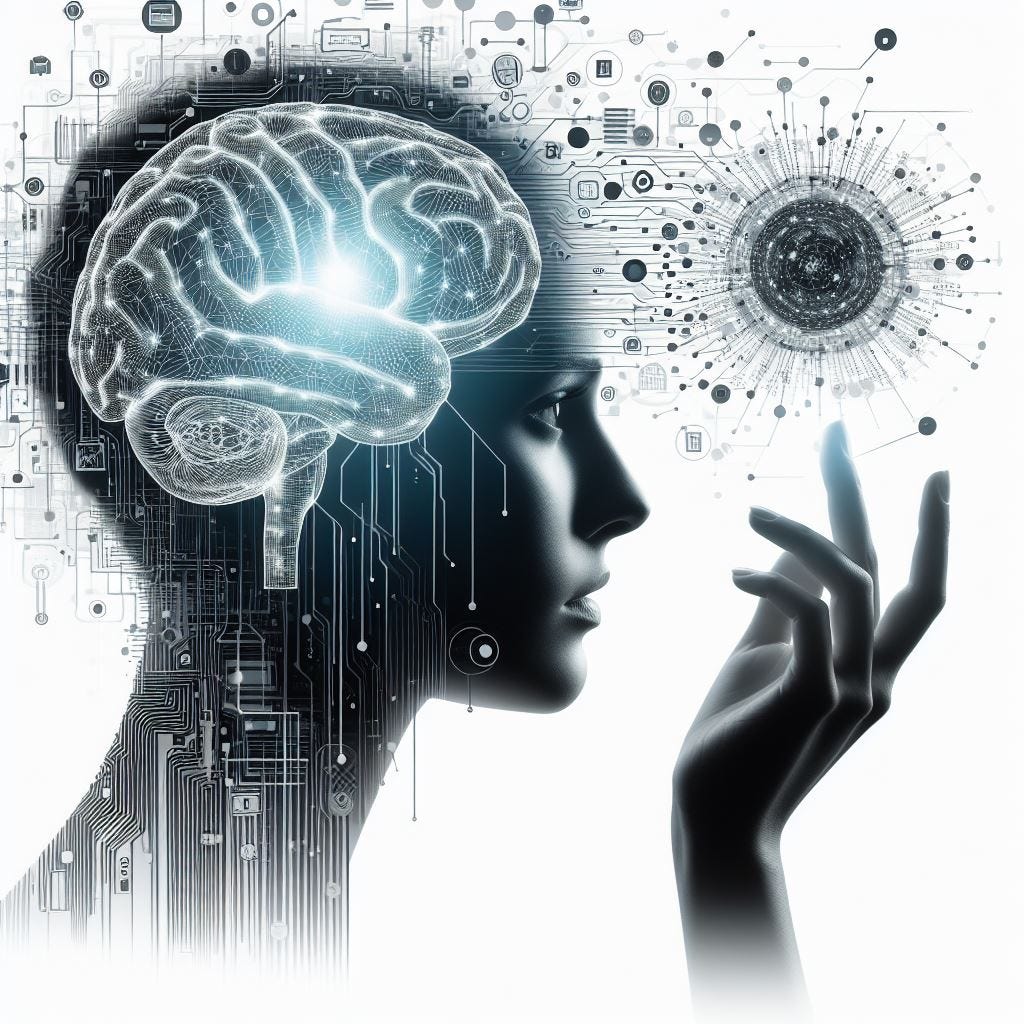Harnessing Brain Science for Success in Technology
Human-centered strategies to boost engagement, innovation, and drive to move the needle on our most important initiatives.
We often hear that having a vision or creating organizational alignment is imperative to succeed with large initiatives such as digital transformation.
But how often do we brush this off because we are too busy for this "consulting fluff"? We are too busy doing the actual work.
Interestingly, this "fluff" may move the needle on your initiative much faster and at a lower cost than busy work.
Hear me out.
People are the most complex, unpredictable, expensive, and hard-to-manage resource of almost any technology initiative. No matter how great your ideas or technology are, if you don't have committed individuals all pulling in the same direction, your road to success will be very rocky (and expensive).
So, if people are our most important resource, how do we optimize for the human factor?
Think back to when you were the most productive, invested in success, creative, and innovative. What factors contributed to that? It could be passion. Perhaps you felt you were part of something bigger. Maybe you were driven by the respect and recognition you would receive.
Brain science can help us understand what can drive humans to success.
All mammals, including humans, have some major happy chemicals or neurotransmitters: dopamine, serotonin, and oxytocin. We can learn to harness those to create high-performing and fulfilling working environments.
Dopamine
Dopamine is a chemical that makes us happy when we seek and find. Its origins are in our foraging past. It's released when we are making progress towards a goal.
Dopamine can be addictive. That's what gets us sucked into social media. When we open up a social media app, it's like we go on a foraging expedition, and whenever we see some content that we enjoy, or someone likes our post - it triggers a dopamine release.
Now think if we could only harness that addictive-like foraging or seeking & finding tendencies towards something great.
And that's what a vision does.
Moving towards a clear, inspiring vision can make people addicted to bringing it to reality.
Another big part of boosting dopamine is celebrating the milestones in our journey toward our big vision. That punctuates the "found it!" moments that trigger dopamine.
Serotonin
Serotonin makes us feel good when we feel significant, respected by others, and part of something bigger than us.
There are toxic ways to boost one's serotonin, such as the "hero culture." The heroics of putting out fires create a sense of significance and social upstanding for the "hero." However, this is not sustainable in the long term. It's hard to scale, and heroes tend to burn themselves (and the people around them) out.
Another toxic boost to serotonin is the "us vs. them" mentality. Whenever there is competition, especially for limited resources, our mammalian brains not-so-helpfully fire up some happy chemicals whenever we get a leg up on someone else. People may start hoarding resources, hiding information, and even proverbially stabbing each other in the back.
A more productive approach to harnessing serotonin is making people feel like they are making a difference and are part of a bigger story.
Often, we get very dry objectives at work—such as increasing revenue or growing market share. These don't boost our sense of significance; they do nothing for our serotonin levels. Unless the increase in revenue is directly tied to our own material gain, then there is a boost there.
We feel significant knowing we are making a difference and solving a problem. It does not need to be a "world peace" level problem. It is actually more productive when it's something easy to relate to.
For example, a bank implementing new digital features can aim to " ease the frustration of getting the first loan for young adults." Anyone can relate to that— we have all been young adults at some point and most likely have gone through the painful process of getting the first loan.
A vision that can inspire people to take action is priceless.
Another way to boost serotonin is to recognize people for their efforts. It does not always have to be monetary. Even a quiet pat on the back or an emphatic "thank you" can make someone feel like a million bucks and recommit to the goal.
Oxytocin
Oxytocin is a bonding and belonging chemical. It fires when we are a part of a community, feeling safe with others, when there is trust. It originates in the human communal nature of surviving as a group. It can counteract the "us vs them" competitive scenario.
Nothing is more empowering for humans than working together towards a shared goal with a sense of trust in each other.
Creating an environment like that can supercharge engagement, commitment, and drive. It can also boost innovation and creativity. Wouldn't we want creative ways to delight our customers while reducing costs?
Now, that sounds much more exciting than the dry term "organizational alignment."
When we have a fully engaged team driven by a shared vision in an environment of mutual respect and we feel like we are making a difference, it's a win-win for the people and the organization.
I hope this gives you a different perspective on the "consulting fluff" of creating a shared vision and organizational alignment. We can capitalize on how human brains are wired to create an inspiring and fulfilling work environment and move the needle on our most important initiatives instead of just doing busy work.
PS. I will be speaking on the subject of “Human-centered Strategies for Digital Transformation Success” on April 25, 2024 at 11 AM EST. Register here if you would like to attend: https://www.brighttalk.com/webcast/9059/608487




Awesome stuff. It helps to think of how we use human psychology to make an impact on the people we collaborate with.
A very interesting take on the human side of transformations. Thank you.